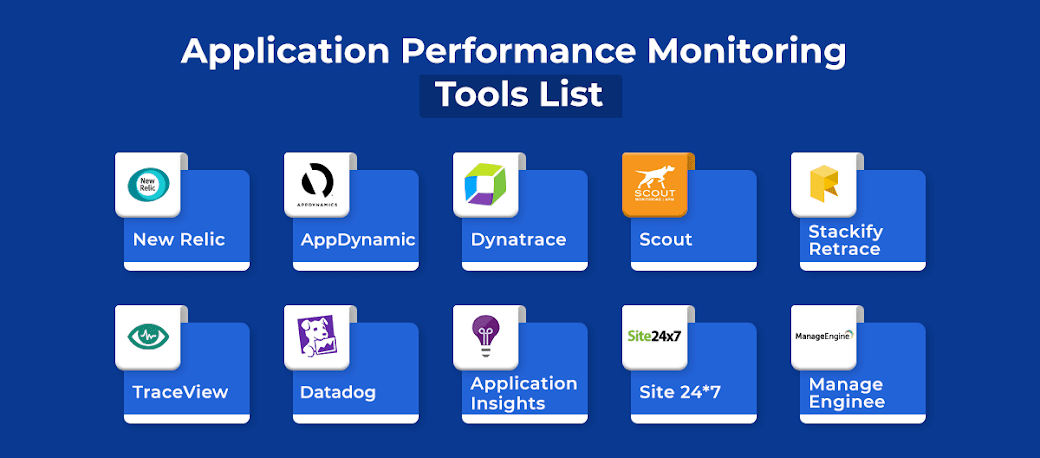BSM Gateway server takes various responsibilities
like connecting to the Data Collector, distributing data to other BSM
component, running BSM applications, Operating BSM Administration Console,
providing BSM interface & Repots.
BSM Data Processing server is takes various
responsibilities like Aggregating and partitioning data, running business logic
engines & controlling CMDB- related services.
Database server consists of Management Database
& Profile database, Business Process Insight Database, Operations
Management Database, RTSM, RTSM history.
Management database: For storage of system-wide and management related Metadata for the
HP Business Service Management environment. HP Business Service Management
requires one management database. You can create this database manually, or by
using the Server and Database Configuration utility.
Profile
database(s): For storage of raw and
aggregated measurement data obtained from the HP Business Service Management
data collectors. Although only one profile database is required, you can store
profile data in multiple databases, if required. You can create profile
databases manually, or by using the Database Management page, accessible from
Admin > Platform > Setup and Maintenance.
Business Process Insight
Database: For storage of the Business Process Models
created using the Business Process Insight Modeler.
Operations Management Database: For storage of operations management events and related data, such as
annotations, as well as for storage of operations management configuration
data, such as event Correlation rules
RTSM: The Run-time Service Model contains the
following databases
RTSM: For storage of configuration information that is gathered from the
various HP Business Service Management and third-party applications and tools.
This information is used when building HP Business Service Management views.
RTSM History: For storage of changes,
over time, of the CMDB configuration items (CIs). Users can view CI changes as
well as view snapshots.
No comments:
Post a Comment